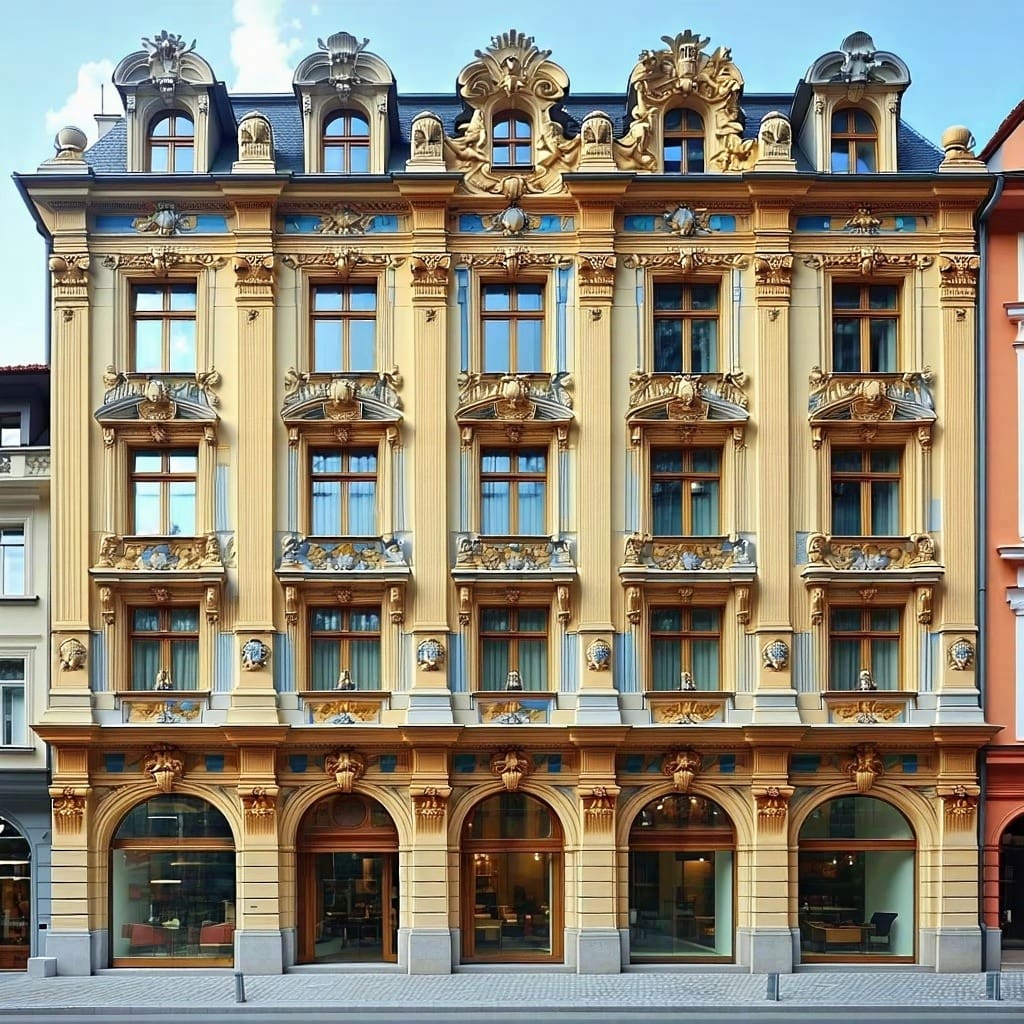Retrofitting historic windows is a delicate task—especially in Romania, where architectural gems from the 18th to 20th centuries fill our towns and cities. From classical manor houses in Moldova to interwar villas in Bucharest, these buildings demand careful attention when upgrading for modern comfort. Vacuum glazing offers a solution that protects the visual integrity of your historic property while dramatically improving performance.

What Is Vacuum Glazing and Why Does It Matter for Romania?
Vacuum glazing consists of two panes of glass with a vacuum space in between—just 0.2mm thick. This design delivers outstanding thermal insulation in a format that mimics traditional single glazing.
Why does this matter in Romania? Many heritage properties are poorly insulated, leading to high heating bills and discomfort during cold seasons. Retrofitting your original windows with vacuum glazing helps address both challenges without compromising heritage features.
Can Vacuum Glazing Be Fitted Into Original Historic Frames?
Yes—and that’s the beauty of it. Unlike conventional double glazing, vacuum glazing is slim enough (as little as 8.3mm) to fit into original wooden or metal frames. That makes it ideal for Romanian historic homes where replacing entire windows could be restricted by conservation rules.
Vacuum glazing allows you to:
Maintain original window aesthetics.
Avoid invasive alterations.
Meet heritage conservation requirements.
Key Benefits of Retrofitting with Vacuum Glazing
Energy Efficiency: Reduces heat loss, helping to cut down on winter heating costs.
Improved Comfort: Minimises drafts and cold spots.
Low Visual Impact: Preserves the historical look of your building.
Less Condensation: Keeps inner glass warm and dry.
Heritage Compliance: Often accepted by Romanian cultural authorities for use in Historic Buildings.
Do You Need Planning Permission?
In Romania, Historic Buildings fall under the protection of Direcțiile Județene pentru Cultură. While any modification requires approval, vacuum glazing is often seen as a conservation-friendly option—especially when retrofitted within original frames.
Still, it’s essential to:
Consult with your local heritage office.
Present detailed specs of the glazing.
Demonstrate that aesthetics will remain unchanged.
Vacuum Glazing vs Secondary Glazing: Which Is Better?
Secondary glazing is sometimes used in heritage buildings by adding a second window pane indoors. However, this solution:
Alters interior aesthetics.
Adds bulk and complexity.
Provides less insulation than vacuum glazing.
Retrofitting with vacuum glazing offers cleaner lines, better thermal performance, and a seamless heritage look.
Is Retrofitting Historic Windows Worth It?
Absolutely. With rising energy costs and stricter environmental standards, homeowners in Romania are looking for ways to upgrade without sacrificing tradition. Vacuum glazing provides the perfect solution: timeless aesthetics, modern performance.
Want to retrofit your historic windows? Get in touch with Vacuum Glazing EU Romania and receive expert guidance tailored for Romanian heritage properties.